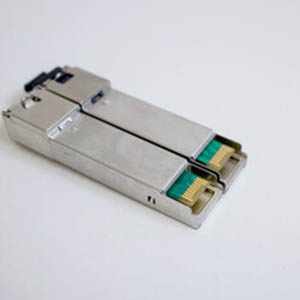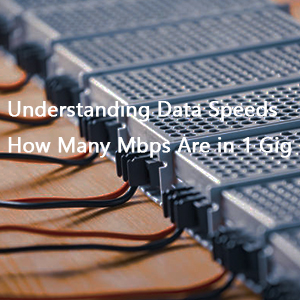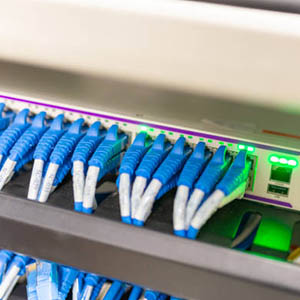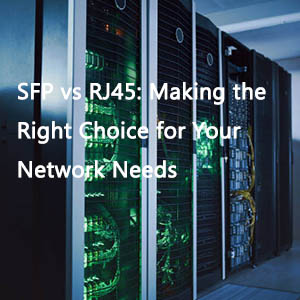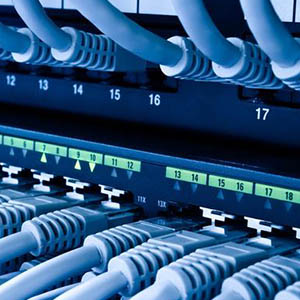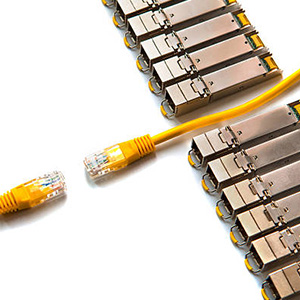In the swiftly evolving landscape of technology, the imperative for swifter and more efficient data transmission is paramount. Network velocities are a focal point for data centers, cloud service providers, and enterprises. Here, 25G/40G/50G modules emerge as pivotal, delivering high-speed data solutions that are scalable and adaptable. This article delves into the advantages and functionalities of these modules and their transformative impact on network performance.

The Imperative of 25G/40G/50G Modules
As bandwidth demands escalate, the necessity for expedited and dependable data transmission becomes self-evident. These 25G, 40G, and 50G modules represent a substantial leap from the preceding 10G benchmarks, offering enhanced data throughput, improved energy efficiency, and superior performance for high-density networks. Whether it’s cloud computing, data centers, or bandwidth-intensive enterprise networks, these modules facilitate a seamless and scalable expansion, rendering them indispensable.
The 25G BiDi SFP28: A Game Changer
The 25G BiDi (Bidirectional) SFP28 module stands as one of the most compelling advancements in optical transceiver technology. It enables data transmission over a single strand of fiber, effectively doubling the fiber capacity compared to traditional modules that require two strands. This is particularly advantageous for environments with constrained fiber resources, such as data centers aiming to optimize their existing infrastructure without extensive rewiring.
Supporting a seamless transition from 10G networks to 25G, this module is a cost-effective and future-proof solution. Moreover, it operates with minimal power consumption, a critical feature for high-performance environments.
The Versatility of 25G SFP28 Modules
The 25G SFP28 is another formidable contender in the realm of fiber optic modules. Renowned for its high data rate and efficiency, the 25G SFP28 supports speeds of 25 Gbps and is extensively utilized in cloud computing and enterprise networking. Its interoperability with both 10G and 100G networks makes it a versatile choice for businesses seeking to scale their networks without a complete infrastructure overhaul.
These modules also extend their reach, facilitating transmission distances from data centers to campus networks. With features like low power consumption and advanced error correction, the 25G SFP28 ensures reliable data transfer with minimal downtime, making it an ideal selection for expanding networks.
40G and 50G Modules: Elevating Network Performance
While 25G modules provide a clear migration path from 10G, 40G and 50G modules are instrumental in scaling up network infrastructure. The 40G modules are a popular choice for medium to large data centers, supporting high-speed data transmission across multiple channels. These modules are often employed in spine-leaf architectures where substantial data routing is required efficiently.
The 50G modules offer an even higher level of performance, enabling faster data throughput and reduced latency. Designed for next-generation network applications, these modules provide the necessary speed and bandwidth for cutting-edge technologies such as 5G, AI, and machine learning. Both 40G and 50G modules ensure backward compatibility, facilitating a smooth integration with existing systems.
Selecting the Optimal Module for Your Network
When deciding among 25G, 40G, and 50G modules, several factors must be considered, including network size, bandwidth requirements, and future expansion plans. For small to medium enterprises or data centers aiming to maximize fiber utilization, 25G BiDi SFP28 modules are an excellent option due to their cost-effectiveness and scalability. If your network demands greater bandwidth and higher speeds, adopting 40G or 50G modules will provide the performance enhancement necessary for managing substantial data volumes in real-time.
Installation and Maintenance Considerations
Implementing 25G, 40G, or 50G modules is generally straightforward, particularly if your network is already equipped with compatible devices. However, it’s crucial to verify that your current hardware supports the desired module speeds. Maintenance typically involves regular signal integrity testing and ensuring fiber optic connections are free from dust or damage.
High-quality fiber optic patch cables should be used to ensure optimal performance. Optical power meters and visual fault locators can assist in maintaining the health and efficiency of your fiber optic network.
Summary
The adoption of 25G/40G/50G modules is a transformative step for any business aiming to scale their network infrastructure. These modules offer improved data transmission speeds, increased efficiency, and compatibility with existing systems, making them a versatile choice for future-proofing your network. Whether you’re a small enterprise or a large-scale data center, selecting the appropriate module based on your specific needs will ensure that your network operates at peak performance.
From the cost-effective and innovative 25G BiDi SFP28 to the high-performance 50G modules, these technologies are poised to shape the future of networking, delivering faster speeds and more reliable connections across industries worldwide.

